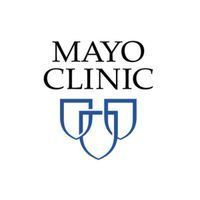
Greatest Strides Made in NMOSD Care: Sean Pittock, MD

The director of Mayo Clinic Center for Multiple Sclerosis and Autoimmune Neurology discussed the most notable recent advances that has propelled care for patients with NMOSD.
"For patients with the disease, it’s a very good time for them. A time of great hope and knowing that there are drugs that can really help prevent disability.”
Patients with
The breakthrough in distinguishing NMOSD was the discovery of the aquaporin-4 (AQP4) antibody, which plays a crucial role in water transportation as well as maintaining homeostasis within the central nervous system. Sean Pittock, MD, director, Center for Multiple Sclerosis and Autoimmune Neurology,
Pittock, who also directs the Mayo Clinic Neuroimmunology Research Laboratory, has had a focus in multidisciplinary, collaborative research in autoimmune disorders, autoimmune gastrointestinal dysmotility, and NMOSD. He sat down with NeurologyLive to provide thoughts on each approved therapy, the data that led to their approvals, and the most notable advancements made in recent years.
Newsletter
Keep your finger on the pulse of neurology—subscribe to NeurologyLive for expert interviews, new data, and breakthrough treatment updates.




























